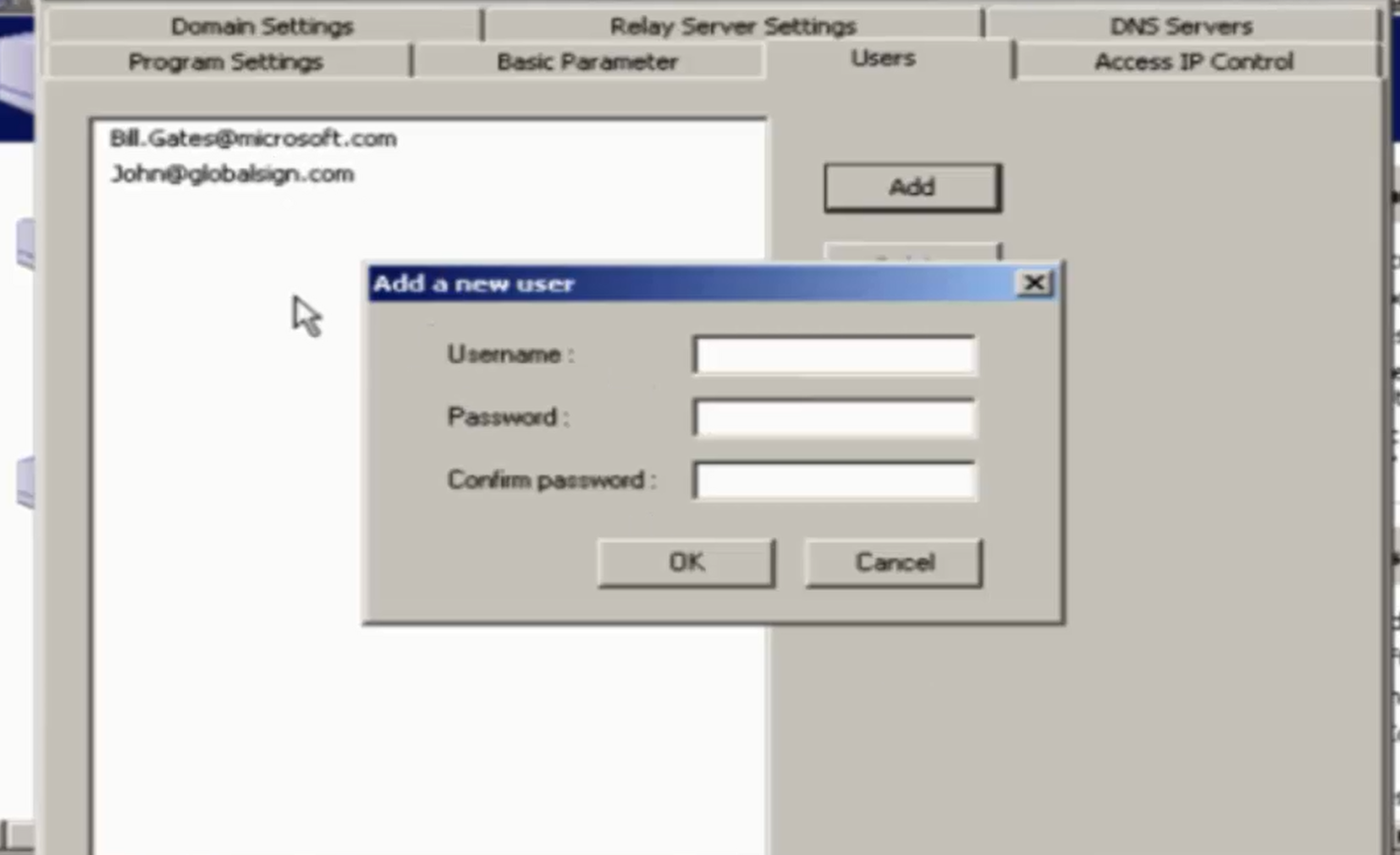

Four Steps To Protect Yourself From Phishingġ. But scammers are always trying to outsmart spam filters, so it’s a good idea to add extra layers of protection. Here are four steps you can take today to protect yourself from phishing attacks. Your email spam filters may keep many phishing emails out of your inbox.
#FAKE EMAIL HOW TO#
How To Protect Yourself From Phishing Attacks And they can harm the reputation of the companies they’re spoofing. Phishing emails can have real consequences for people who give scammers their information. The scammers who send emails like this one do not have anything to do with the companies they pretend to be. While, at a glance, this email might look real, it’s not.
#FAKE EMAIL UPDATE#
The email invites you to click on a link to update your payment details.The email has a generic greeting, “Hi Dear.” If you have an account with the business, it probably wouldn’t use a generic greeting like this.The email says your account is on hold because of a billing problem.The email looks like it’s from a company you may know and trust: Netflix.Do you see any signs that it’s a scam? Let’s take a look. Here’s a real world example of a phishing email. say you’re eligible to register for a government refund.want you to click on a link to make a payment.say you must confirm some personal information.claim there’s a problem with your account or your payment information.say they’ve noticed some suspicious activity or log-in attempts.Phishing emails and text messages often tell a story to trick you into clicking on a link or opening an attachment. They may look like they’re from a bank, a credit card company, a social networking site, an online payment website or app, or an online store. Phishing emails and text messages may look like they’re from a company you know or trust. Scammers often update their tactics, but there are some signs that will help you recognize a phishing email or text message. Scammers launch thousands of phishing attacks like these every day - and they’re often successful. If they get that information, they could gain access to your email, bank, or other accounts. They may try to steal your passwords, account numbers, or Social Security numbers. Scammers use email or text messages to trick you into giving them your personal information. What To Do if You Responded to a Phishing Email.What To Do if You Suspect a Phishing Attack.How To Protect Yourself From Phishing Attacks.Identity Theft and Online Security Show/hide Identity Theft and Online Security menu items.Unwanted Calls, Emails, and Texts Show/hide Unwanted Calls, Emails, and Texts menu items.Money-Making Opportunities and Investments.Jobs and Making Money Show/hide Jobs and Making Money menu items.Credit, Loans, and Debt Show/hide Credit, Loans, and Debt menu items.Shopping and Donating Show/hide Shopping and Donating menu items.


 0 kommentar(er)
0 kommentar(er)
